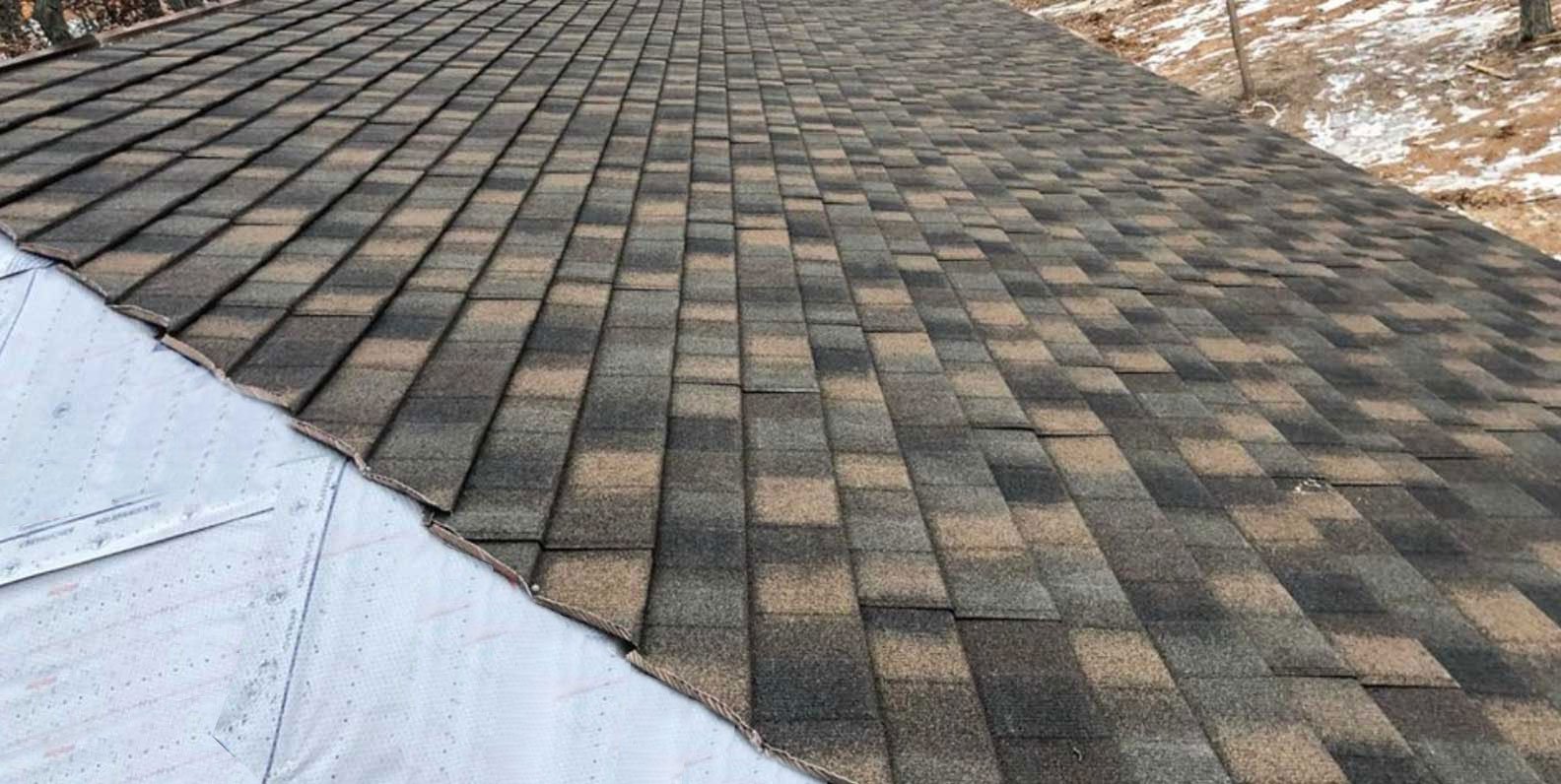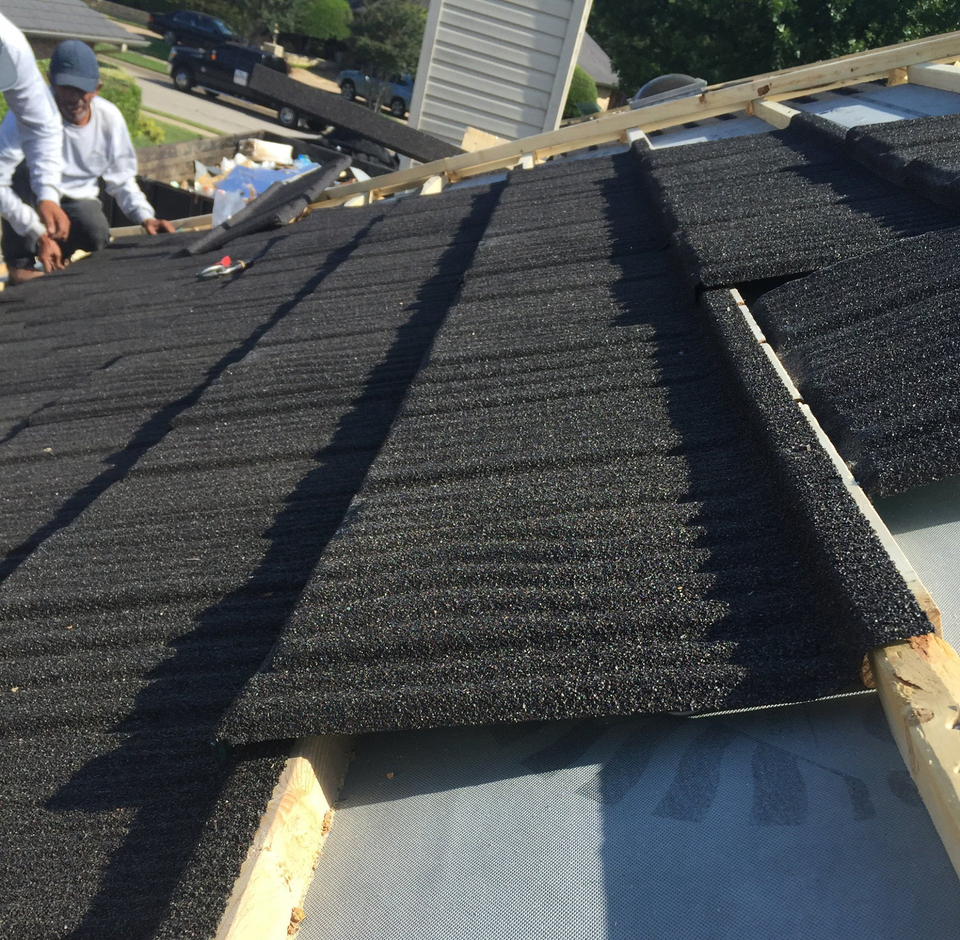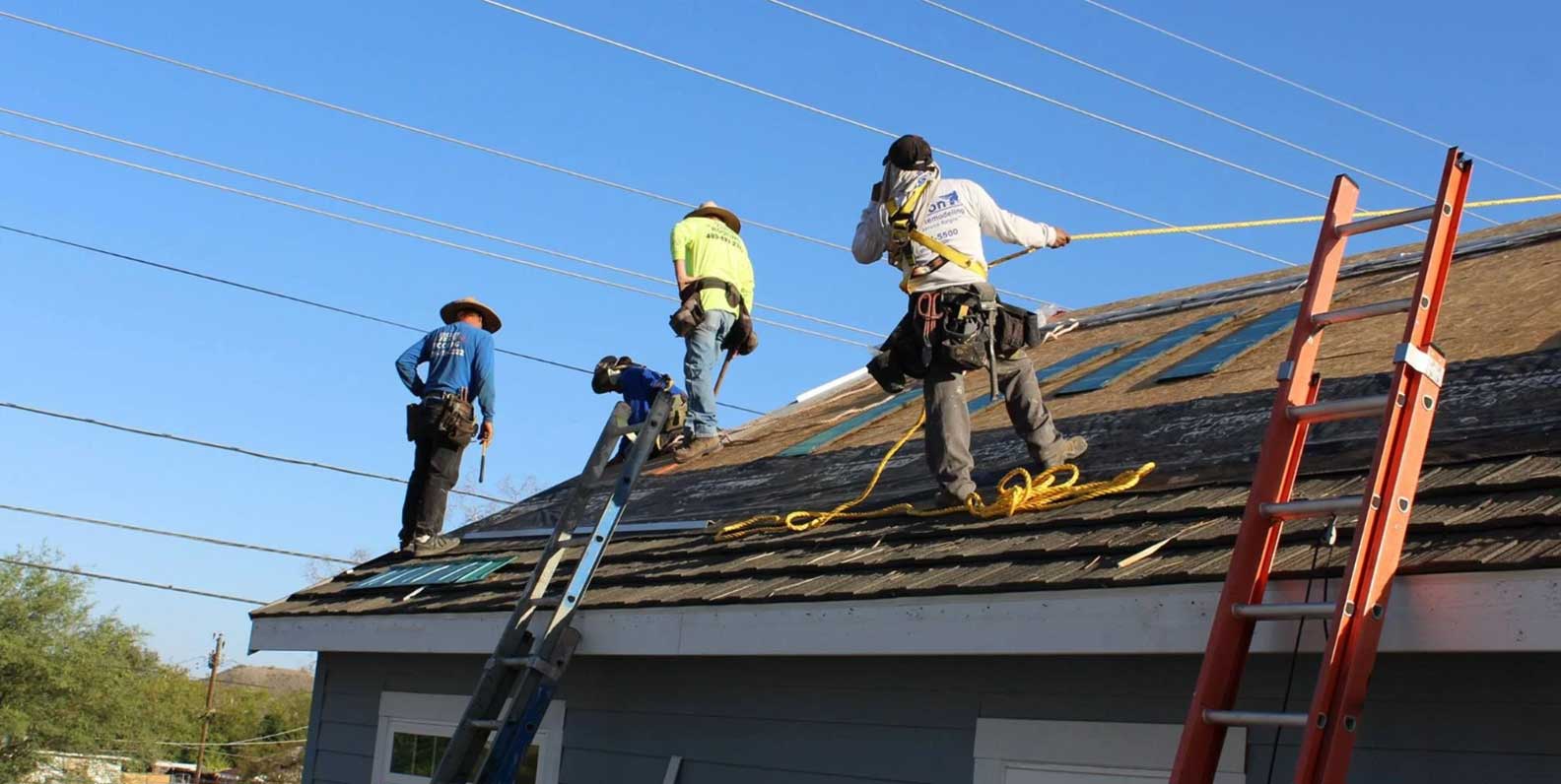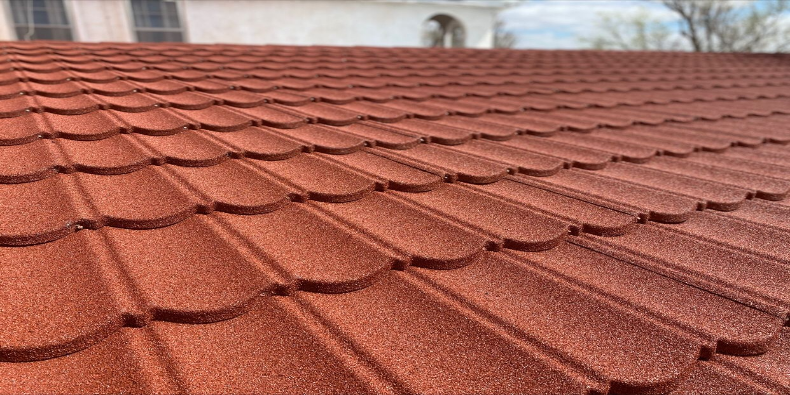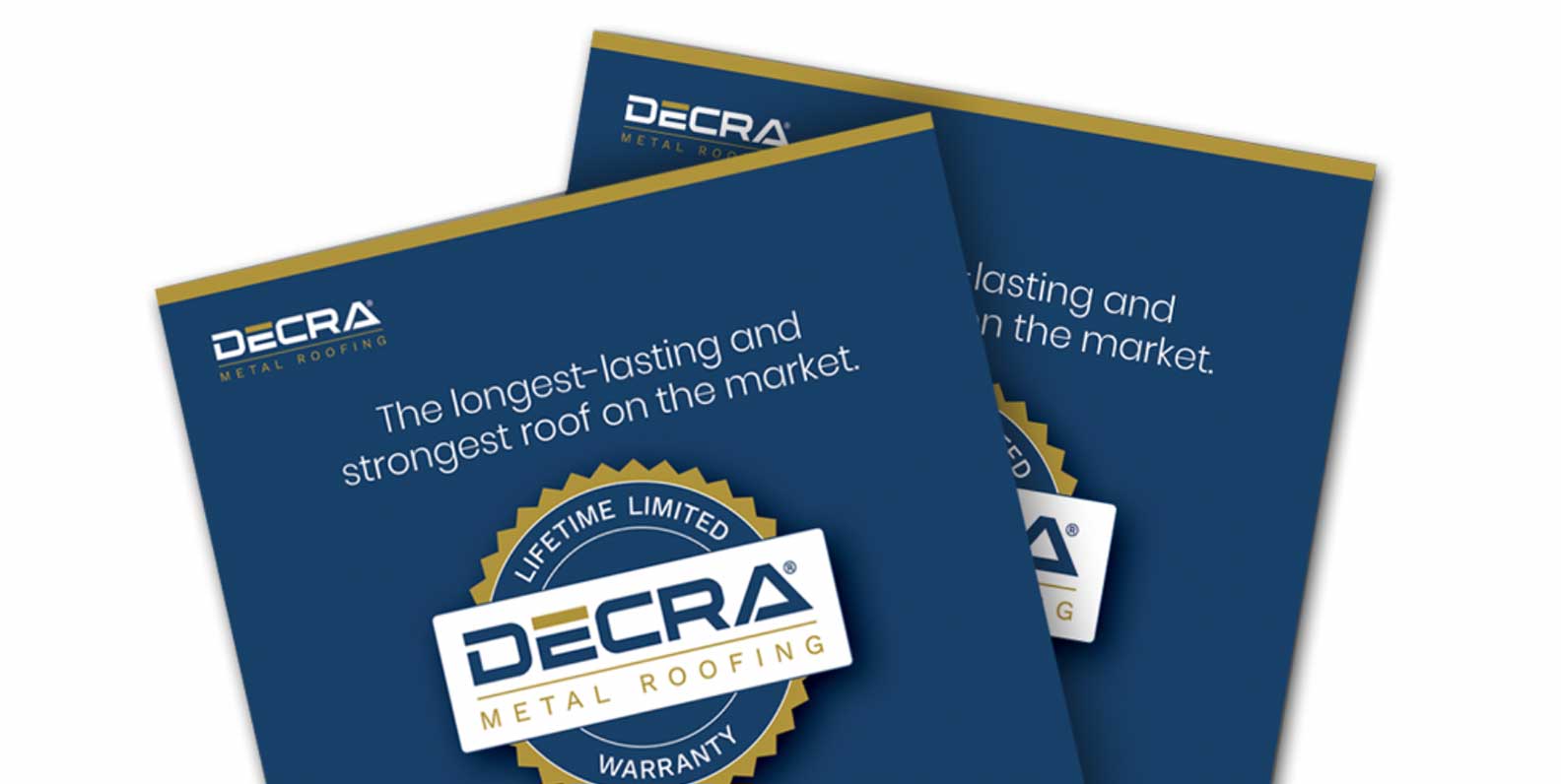Are you considering a metal roof for your home? You're not alone! Metal roofs have emerged as the top choice for homeowners thanks to their durability, longevity, energy efficiency and stunning aesthetic.
But did you know that there are two distinct installation methods for metal roofing?
Batten installations involve placing a grid of wooden battens over the existing roof deck before installing the metal roofing panels.
Direct-to-deck installations involve attaching the metal roofing panels directly to the roof deck without the use of battens.
While neither method is universally better than the other, understanding the differences between batten and direct-to-deck installation methods will help you choose the best type of metal roof for your home.
To help you make a well-informed decision about your new metal roof, this comprehensive guide will cover:
- How are metal roofs installed on battens?
- How are metal roofs installed direct-to-deck?
- Battens vs. direct-to-deck: Tips for choosing the best installation method.
How are metal roofs installed on battens?
A batten installation involves laying a lattice of wooden or metal battens across the existing roof deck before fitting the metal roofing panels. The metal roofing panels are attached on top of a 2'x2' wood batten grid, creating a 1-½” continuous airspace.
One of the key benefits of a batten installation is the improved air circulation and ventilation it provides. Since the airspace created by the battens allows hot air to escape and cooler air to flow in, the roof remains substantially cooler and can result in significant energy savings–especially during the hot summer months when air conditioning usage is at its peak.
How are metal roofs installed direct-to-deck?
Direct-to-deck installations are just what the name implies: the metal roofing panels are installed directly onto the roof deck without the use of raised battens.
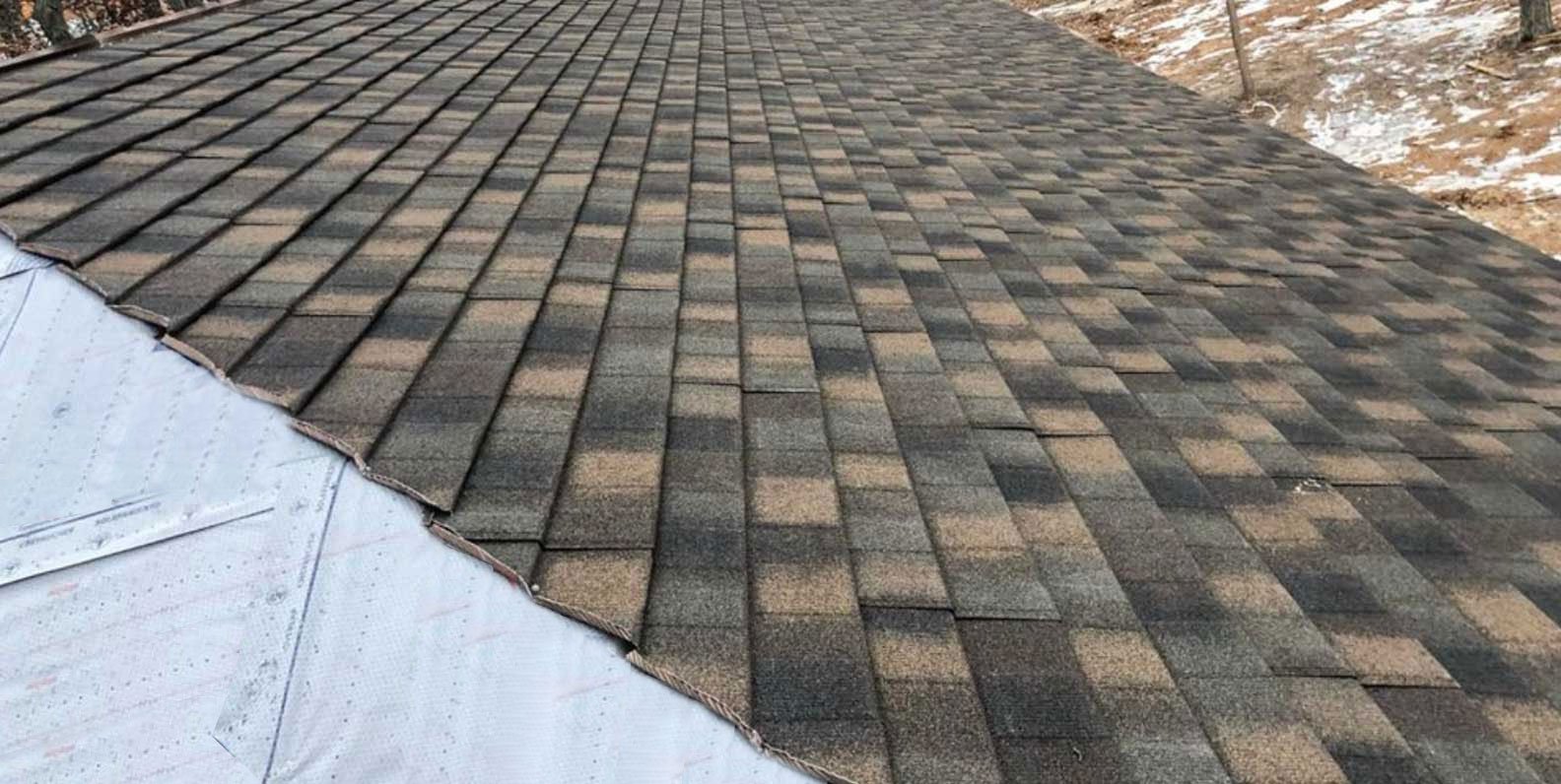
With direct-to-deck installations, the metal roofing panels can be cut, shaped, and installed with greater precision.
This makes the direct-to-deck installation method ideal for homes with intricate roof designs or complex architectural features that would be complicated by the raised batten grid. The absence of battens makes it easier for roofing contractors to work around intricate details and achieve a smooth, seamless appearance.
Battens vs. Direct-to-Deck: Tips for Choosing the Best Metal Roof Installation Method
Now that you know the basics of direct-to-deck and batten installations, how do you choose the best method for your specific needs?
Since each roofing project is unique, you’ll always want to consult with a professional roofing contractor. Your contractor will guide you through the process and recommend the best installation method based on the unique goals of your project.
To help you best communicate and work with your roofing contractor, here are four things to consider when deciding on the best installation method for your metal roofing system.
Roof Design and Architecture
If you have a complex roof design with intricate architectural features–such as dormers, valleys and cupolas–the direct-to-deck installation method will likely be the better option for your home.

Pictured above is a DECRA Villa Tile roof installed direct-to-deck.
Energy Efficiency
Metal roofs excel in energy efficiency, thanks to their natural ability to reflect sunlight. In addition to their reflectivity, metal roofs also have a high emissivity, meaning they can release absorbed heat back into the atmosphere more effectively than traditional roofing materials like asphalt shingles. While batten installations offer an added layer of ventilation and energy efficiency, metal roofs installed using the direct-to-deck method still provide significant energy-saving benefits due to their inherent reflective and emissive properties.
If energy efficiency is a priority, be sure to ask your roofing contractor about the use of radiant barrier underlayments. Radiant barrier underlayments can amplify the energy efficiency of a metal roof. You can learn more about the energy efficiency of metal roofing in this 2019 R&D Engineering study.
Roof-Overs
Roof-overs, also known as re-roofing, can save money on time, labor and disposal expenses when compared to a complete roof tear-off. When installing a new roof over an existing roof, the goal is to create a smooth and even surface to prevent any potential issues like leaks or damage to the new roofing material. This is why batten installations are usually preferred for roof-overs as the 2’x2’ batten grid ensures an uninterrupted level surface for the new roof.
About DECRA Metal Roofing
As the original manufacturer of stone-coated metal roofing since 1957, DECRA Metal Roofing products have withstood the test of time and earned a reputation for exceptional durability, energy efficiency and stunning aesthetics.
Our metal roofing products are compatible with both batten and direct-to-deck installations, ensuring that you can enjoy the quality that DECRA is known for regardless of your preferred installation method.
Capture the look of Mediterranean-scalloped clay tile or cedar wood shakes with DECRA Tile and DECRA Shake, both of which are installed on battens.

Achieve the aesthetics of Spanish barrel-style tile, architectural asphalt shingles or hand-split wood shake with DECRA Villa Tile, DECRA Shingle XD, and DECRA Shake XD, all of which are installed direct-to-deck.

Ready to see and feel the DECRA difference? Request a complimentary sample today.
Editor's Note: This blog was originally published in November of 2020 and has been updated with relevant information.

